Yes, It seems that every car on the market today claims to be the safest around, but in real life things are a bit different… So, Why is a Saab so safe?
Could safety crash tests by conducted with people instead of dummies? Part of the answer lies in the fact that Saab, once, used real human cadavers in safety crash tests. (Yes, you read well!)
About fifteen years ago, In a joint research project in Sweden, General Motors and Saab used dead human bodies in automobile crash tests!

During 2008, GM and Saab finished a multi-year project and in this project they used dead human bodies for car crash tests. According to Claes Tingvall, a car safety specialist with the Swedish Road Administration (Vägverket), For certain things, it’s important to use cadavers – these tests involved people who had donated their own bodies, in the interest of the safety of participants in the traffic.
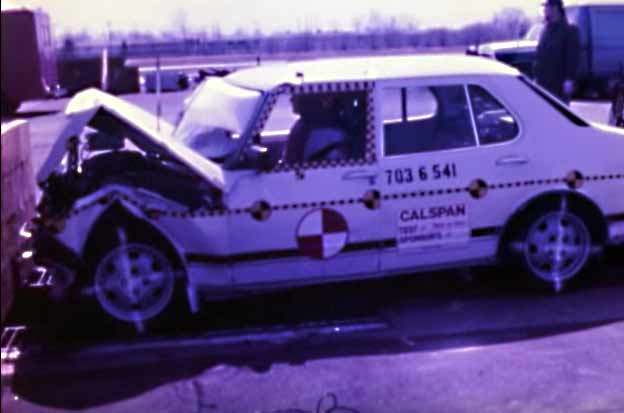
Claes said both used bodies for experimental purposes to design better crash test dummies and also to investigate the injuries sustained by human bodies in auto accidents. The physics of decelerating the human body in such a way as not to cause injury is the ultimate aim of any car safety strategy, the idea being to slow the forward momentum of a person at a rate whereby no internal injuries occur.
According to Tingvall, a total of ten cadavers were used in this project, and that Saab automobiles were likely involved an account of the brand’s association with safety. However, the history of using human remains in crash testing spans at least half a century.

Before the 1950s, car makers assumed no-one could survive a serious crash…

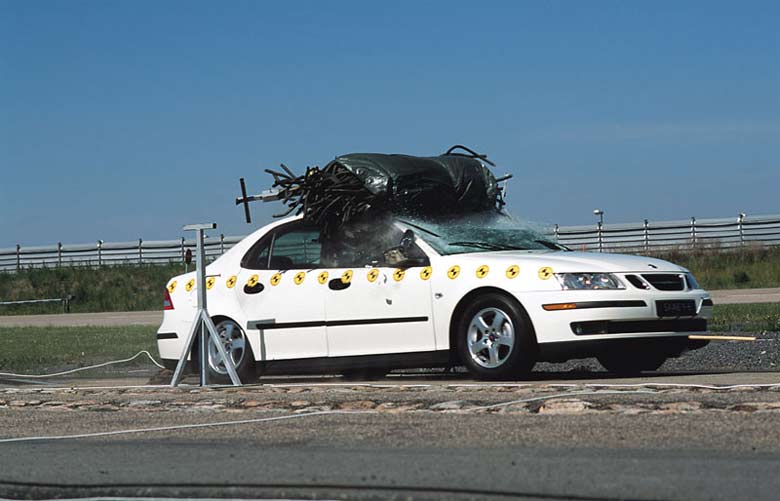





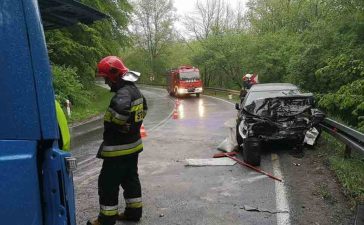

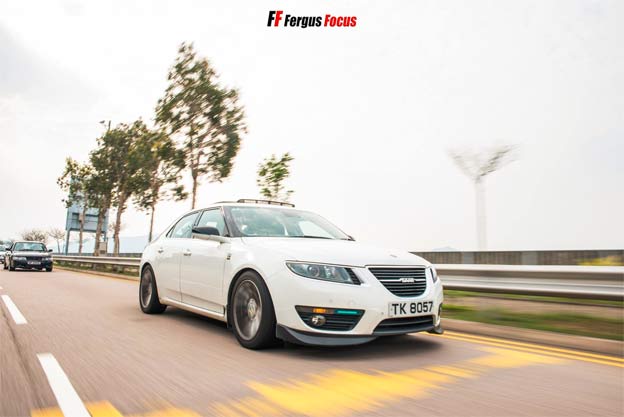
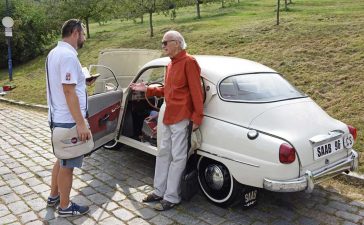
Im sorry…i see C.T on yourube ant SAAB 9000 was a desaster….no renforced pinacle totally destroyed….and with SAME CRASH S and E Mercedes 7 and 5 series BMW 4 cars endure same conditions withouth pinacle deformation.. 2 BiG “F segment “of both brand are probably repairables ….even windscreen is no split… ..explain me why SAAB 9000 is unsafe like a chinese car ?